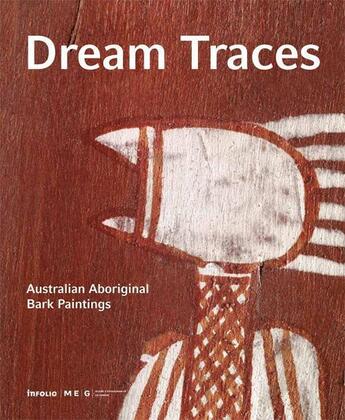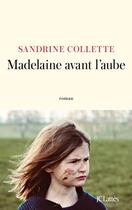-
Date de parution : 28/11/2011
-
Editeur :
Infolio
-
EAN : 9782884741989
-
Série :
(-)
-
Support :
Papier
Résumé:
Following the European colonisation of Australia, the Aborigines came to be thought of as one the most primitive people on Earth and denied all artistic sensibility. Since the 1950s, however, their artworks have been discovered by anthropologists and art dealers. Today, Australian Aboriginal... Voir plus
Following the European colonisation of Australia, the Aborigines came to be thought of as one the most primitive people on Earth and denied all artistic sensibility. Since the 1950s, however, their artworks have been discovered by anthropologists and art dealers. Today, Australian Aboriginal culture is arousing growing interest and admiration, with acrylic or bark paintings on display in ethnographic museums, art galleries and museums, and avidly sought by art collectors.
This book is devoted to bark paintings from Australia, particularly from the regions of Arnhem Land and Kimberley. The illustrations present the collection of the MEG and other Swiss museums. The images reproduced in this volume exemplify the artistic and symbolic qualities of these barks, which are still used during Aboriginal rituals for the transmission of their sacred knowledge.Several international specialists present their analysis and interpretation of the bark paintings, their historic and cultural role, as well as their current place in the contemporary art market. They demonstrate how the Aborigines have entered the international art market and given their paintings a political dimension, helping them to assert their identity, support their land rights claims and return to their ancestral homelands.
Donner votre avis














